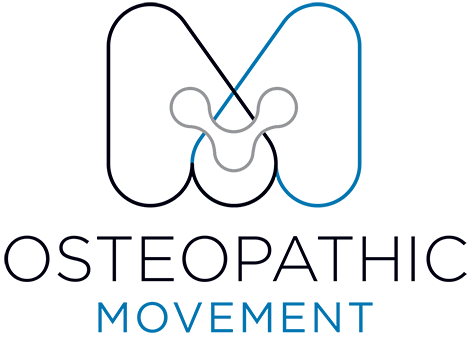FAQ
-
Osteopaths are allied health professionals who assess, diagnose, and treat musculoskeletal conditions such as back pain, neck pain, sports injuries, and postural issues. At Osteopathic Movement South Yarra, our osteopaths use hands-on techniques — including soft tissue massage, joint mobilisation, manipulation, dry needling, and myofascial cupping — alongside exercise rehabilitation programs. The aim is to reduce pain, restore mobility, and improve long-term function.
-
Your first appointment (45–60 minutes) will begin with a detailed case history where your osteopath asks about your symptoms, lifestyle, and medical history. This helps us understand the bigger picture of your health. The session then includes hands-on treatment and personalised advice about posture, stretching, or strengthening exercises to support long-term results.
-
Osteopathy is partly covered by Medicare if you have a Chronic Disease Management (CDM) or Enhanced Primary Care (EPC) plan from your GP. At Osteopathic Movement South Yarra, patients with an EPC/CDM referral can claim a Medicare rebate, leaving only a small gap fee.
-
Yes — most private health funds provide rebates for osteopathy. At our South Yarra clinic, you can claim on the spot using HICAPS. Rebates vary depending on your extras cover, so check with your health fund before your appointment.
-
Yes, we are registered to treat TAC and WorkSafe Patients.Yes. Osteopathic Movement South Yarra is a registered provider for TAC (Transport Accident Commission) and WorkSafe. We frequently see patients recovering from workplace injuries and transport accidents, helping them manage pain and return to normal activity.
-
You may bring any relevant imaging (X-ray, MRI, CT, or ultrasound) or reports, as well as GP or specialist letters, though they are not essential. These simply help your osteopath develop a more complete treatment plan tailored to your condition.
-
In Australia, osteopaths complete a 5-year university program, earning a Bachelor of Applied Science (Osteopathy) and a Master of Osteopathy. At Osteopathic Movement South Yarra, all osteopaths are AHPRA-registered and trained to treat a wide range of musculoskeletal conditions.
-
Osteopaths treat a wide range of problems, including back pain, neck pain, shoulder pain, sciatica, headaches and migraines, sports injuries, arthritis, TMJ and jaw pain, pelvic pain, and tendon conditions such as tennis elbow and Achilles tendinopathy. See our Services page for a full list.
-
Our South Yarra clinic is a 6-minute walk from Hawksburn train station. Trams along Chapel Street and Malvern Road also stop within 5–6 minutes of the clinic. We regularly see patients travelling from Prahran, Windsor, Toorak, Malvern, Richmond, and Cremorne.
-
Yes. There is two-hour street parking nearby and an all-day car park directly across the street from Osteopathic Movement, 50/52 Wilson Street, South Yarra.
-
If you’re searching for an osteopath near you, Osteopathic Movement is conveniently located in South Yarra, Melbourne. We regularly treat patients from surrounding suburbs including Prahran, Windsor, Toorak, Malvern, Richmond, and Cremorne. Book online today via our Contact page or Cliniko booking system.
-
Yes. Alongside manual treatment, our osteopaths design personalised rehabilitation programs to help patients recovering from injuries, surgery, or chronic conditions. Programs can be performed at home with minimal equipment or in a gym, supporting strength, mobility, and long-term prevention.
-
Osteopathy can provide safe, gentle support throughout pregnancy. Our South Yarra osteopaths commonly help with lower back pain, pelvic pain, and postural strain. Treatments are tailored to each stage of pregnancy and focus on easing discomfort, improving mobility, and supporting wellbeing.
-
Most patients notice improvements in pain or mobility after their first session, while it is possible that you may need several appointments depending on the severity and duration of their condition. At Osteopathic Movement, your osteopath will create a personalised treatment plan and discuss expected outcomes at your first visit.
